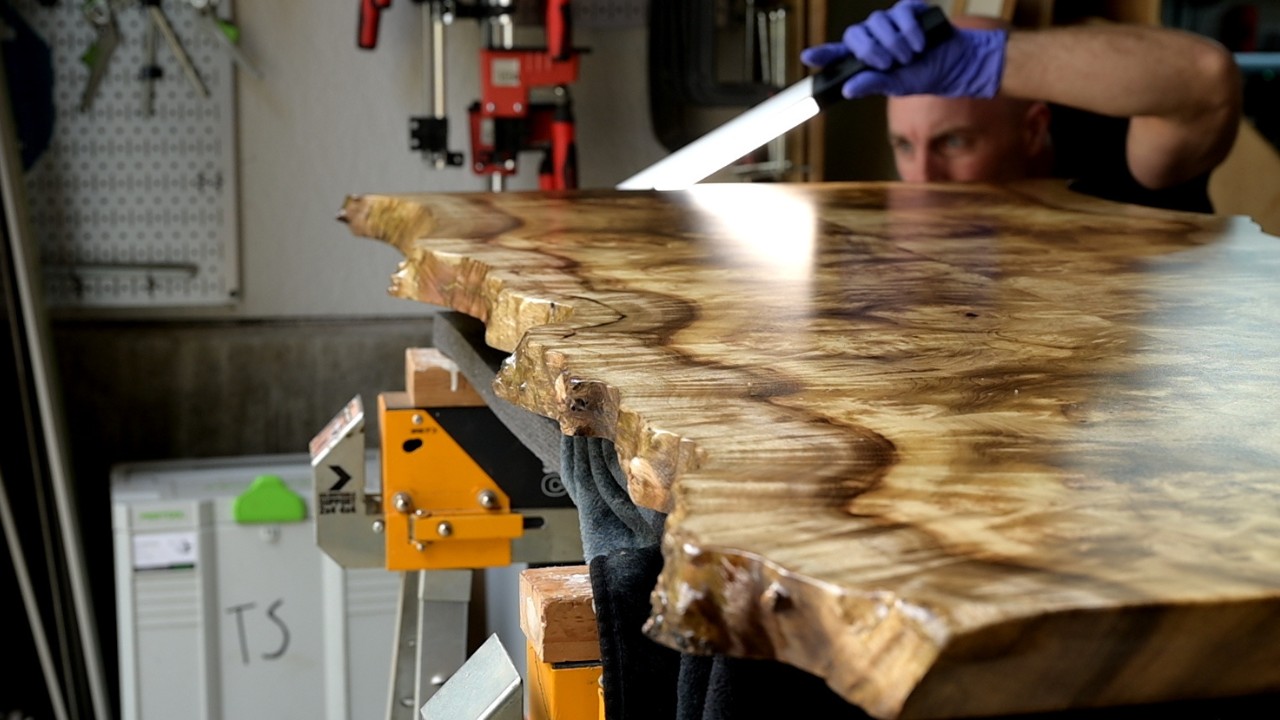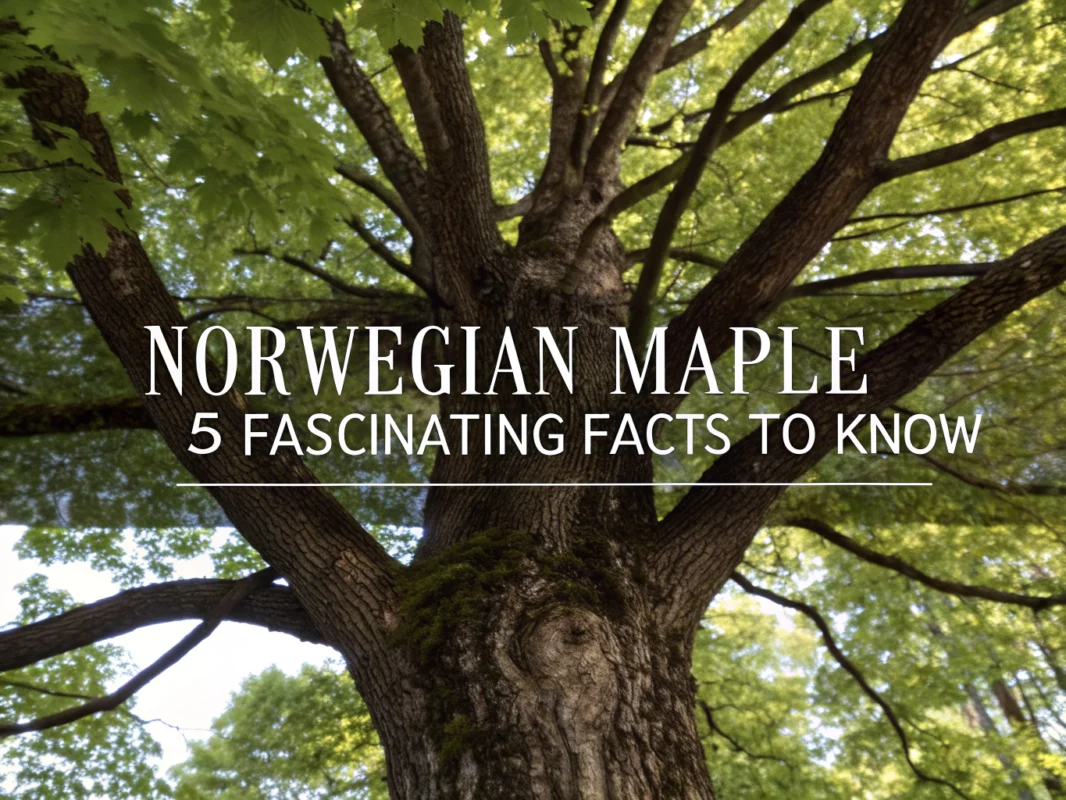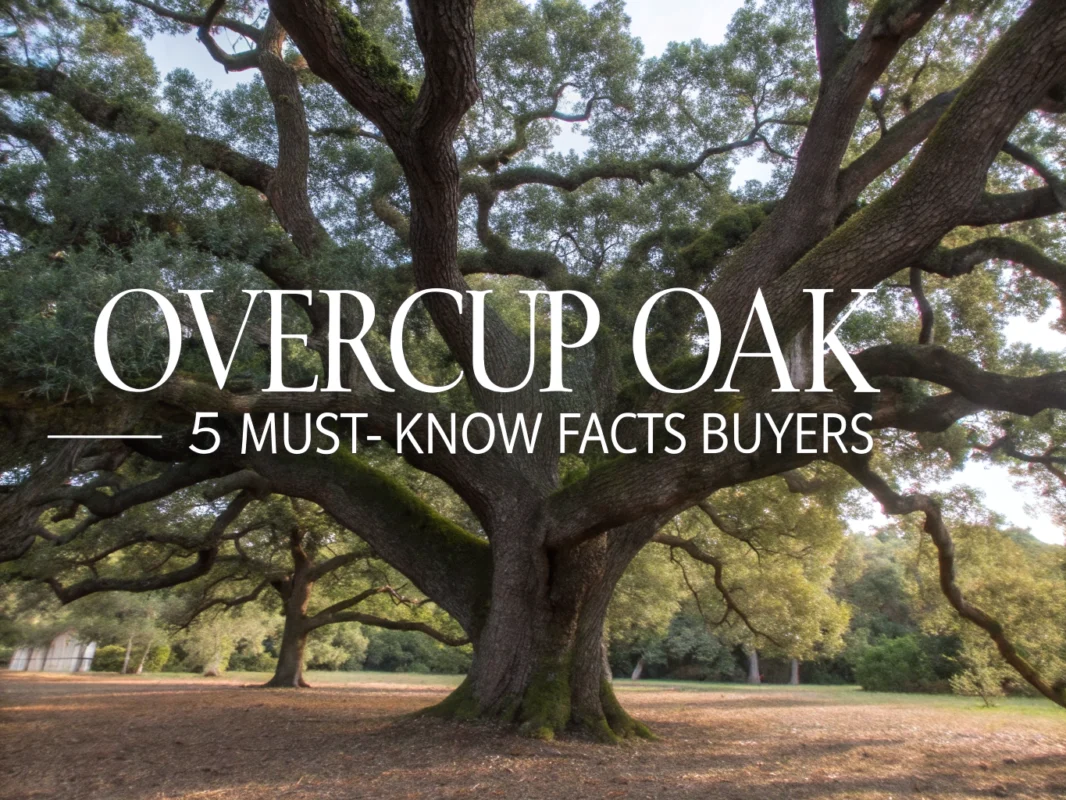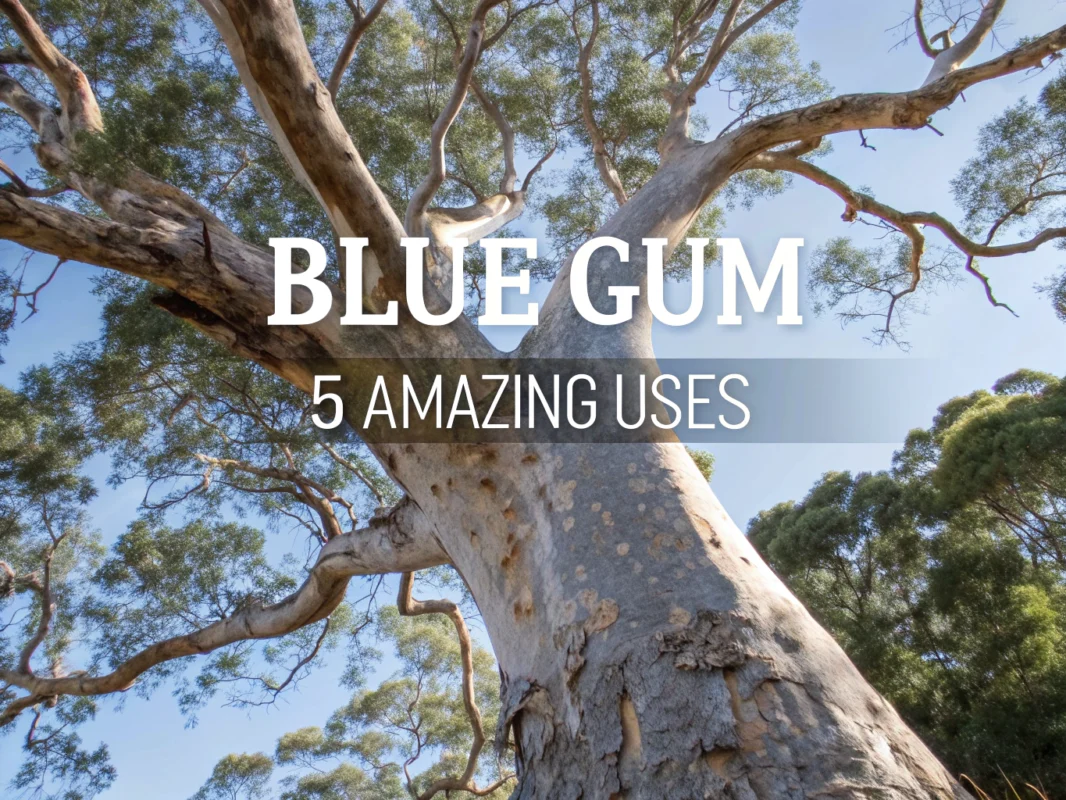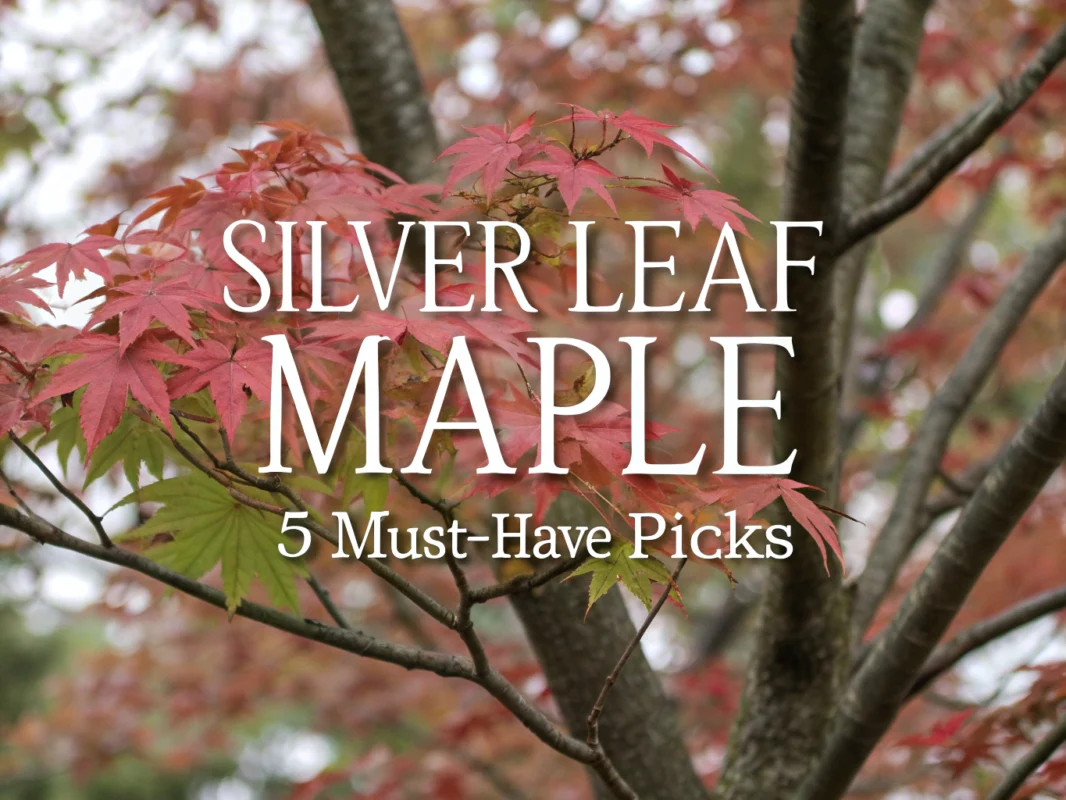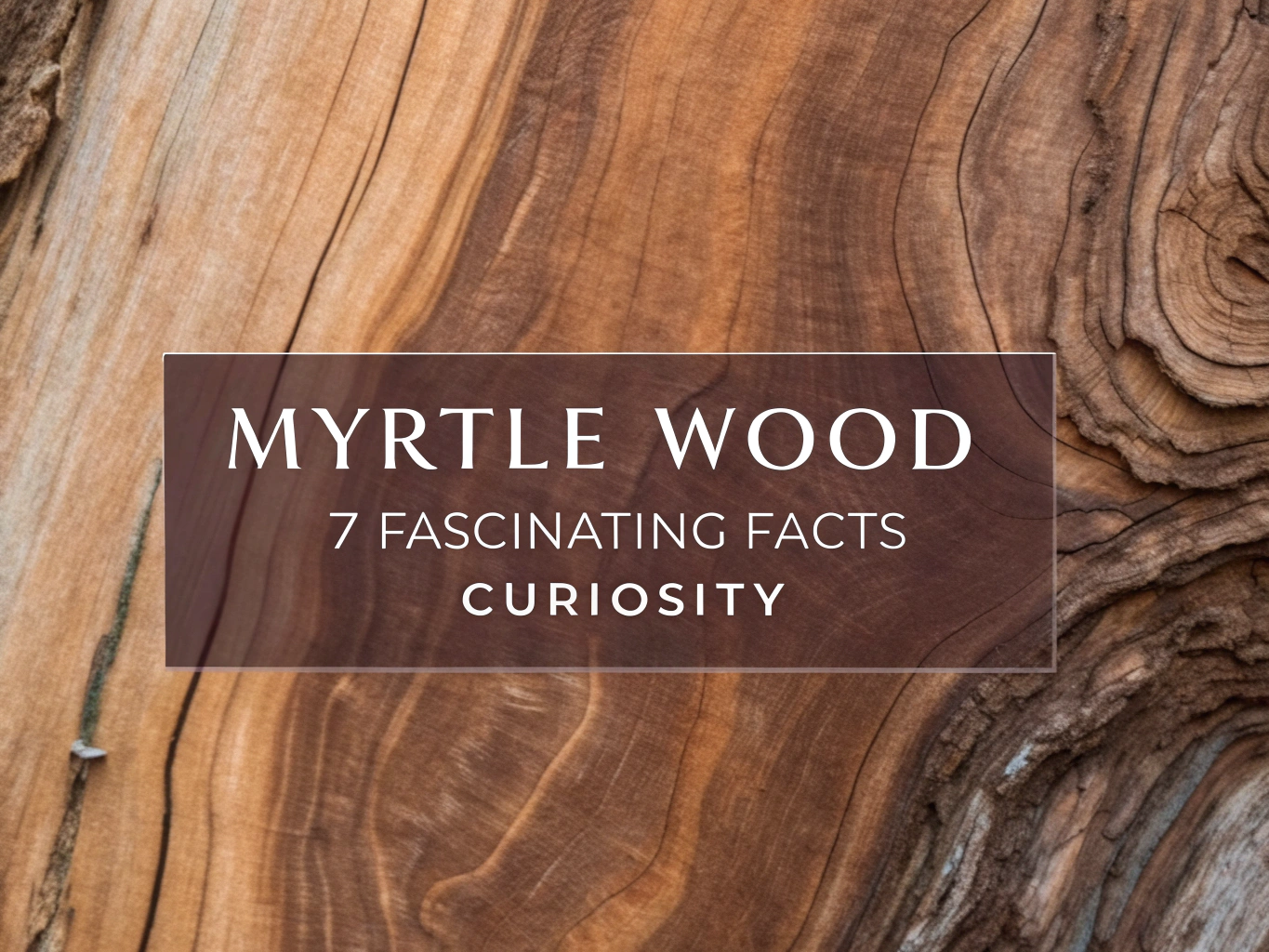
Myrtle Wood: 7 Fascinating Facts for Curiosity

Have you ever wondered what makes Myrtle Wood so special? This rare wood species, native to the scenic coastal regions of Oregon and California, holds captivating surprises. From its unique colors to its rich history, Myrtle Wood isn’t just any wood—it’s a marvel that intrigues both nature enthusiasts and woodworking artists. Discover seven fascinating facts about this extraordinary wood and uncover why it’s highly cherished.
Table of Contents
Myrtle wood, scientifically known as Umbellularia californica, stands as one of North America’s most distinctive and rare timber species, found exclusively along the coastal regions of southern Oregon and northern California. This remarkable wood captivates craftsmen and collectors alike with its extraordinary density, unique grain patterns, and aromatic properties that make each piece as individual as a fingerprint.
Fact #1: Myrtle Wood is Exclusive to the Pacific Coast Region
Oregon myrtle grows naturally only in the coastal forests and mountains of southern Oregon and northern California. This limited geographic range makes it one of the rarest timber species in North America. The tree is also known by several other names including myrtlewood, California bay laurel, and pepperwood.
The restricted growing region contributes significantly to the wood’s high value and desirability among woodworkers. Oregon Discovery notes that this exclusivity has made myrtle wood a prized material for premium woodworking projects. The species’ limited availability means that every piece carries the distinction of originating from this specific Pacific Coast ecosystem.
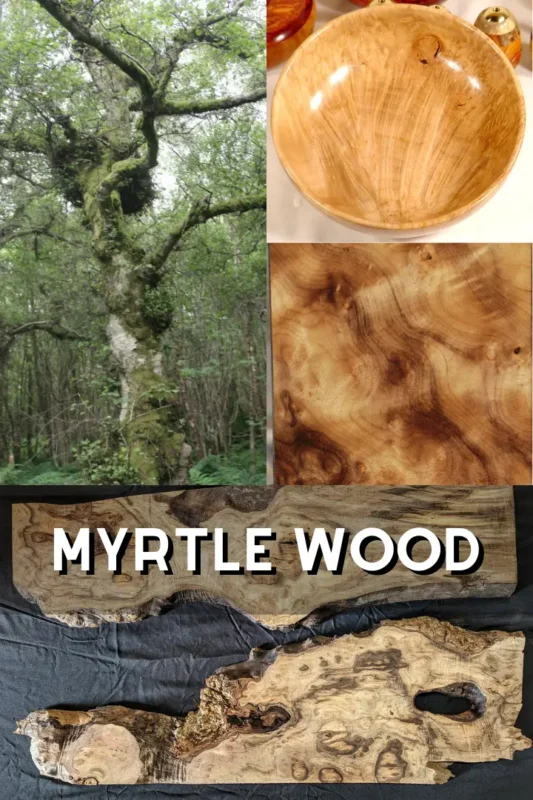
Fact #2: Every Piece of Myrtle Wood is Completely Unique
Color variation in myrtle wood ranges from pale brown to golden-brown and yellowish-green. The heartwood can appear orangish brown, gray, or olive with attractive darker streaks running through it. This natural diversity means no two pieces look identical.
Grain patterns add another layer of uniqueness, varying from straight to wavy or irregular formations. The wood frequently displays intricate figured patterns including curly, mottled, or burl configurations. Wood Database describes the texture as medium, firm, and close-grained with a natural medium gloss and conspicuous rays that add to its visual appeal.
Fact #3: Myrtle Trees Can Live for Centuries and Grow to Massive Sizes
The largest recorded Oregon specimen reaches an impressive 128 feet tall and 72 inches in diameter. Some specimens are estimated at over 200 years old, demonstrating the species’ remarkable longevity. These slow-growing trees develop their dense, valuable timber over extended periods.
A four-foot diameter myrtle tree could be around 500 years old, according to Visit Gold Beach. This incredible lifespan allows the wood to develop its characteristic density and complex grain patterns that make it so sought after by craftsmen and woodworkers.
Fact #4: Myrtle Wood is So Dense It Won’t Float in Water
Green myrtlewood possesses such exceptional density that it will not float in water. This heavy, dense, and hard-wearing characteristic sets it apart from many other wood species. The density contributes to both its durability and the challenges it presents during machining.
The wood’s firm structure and close grain make it ideal for applications requiring strength and longevity. This density also means that woodworkers need to use sharp tools and slower speeds to prevent tearout during machining operations.
Fact #5: Myrtle Wood Releases a Distinctive Spicy Aroma
Freshly cut or machined myrtle wood releases a notable spicy scent that’s immediately recognizable. This aromatic quality comes from natural compounds present in both the wood and leaves of the tree. The distinctive fragrance persists in both living trees and finished products.
The aromatic qualities provide a unique sensory experience for woodworkers and end users alike. NC State Extension notes that the strong aroma during machining requires proper ventilation, particularly for individuals who may be sensitive to the compounds.
Fact #6: Myrtle Wood Has Been Used as Currency and Seasoning
Historically, myrtlewood served as a form of currency in Oregon, demonstrating its high value and acceptance in local communities. This unique monetary application speaks to the wood’s rarity and desirability among early settlers and indigenous peoples.
The leaves are aromatic and have been used as seasoning similar to bay leaves. Traditionally, people placed myrtle leaves in flour or cornmeal to repel mealworms. The tree also produces nuts that resemble miniature avocados, which makes sense since both species belong to the Lauraceae family.
Fact #7: Myrtle Wood is Prized for Premium Woodworking Projects
Craftsmen traditionally use myrtle wood for fine furniture, cabinetry, and musical instruments. The wood excels in applications requiring both beauty and durability, including decorative veneers, flooring, bowls, and intricate carvings.
Woodturners and carvers particularly favor this material despite its challenging density. Anyone Wood describes it as a sustainable and legal resource with managed harvesting practices. The wood’s environmental consciousness appeals to craftsmen who prioritize responsible sourcing.
Here are some popular myrtle wood products available for woodworking enthusiasts:

Premium Crepe Myrtle Pen Blanks
- Perfect for creating custom pens
- Durable hardwood for lasting quality
- Easy to work with for smooth turning
- Natural, unique burl patterns
- Ideal for DIY projects and gifts

Crepe Myrtle Pen Blanks Set
- Comes with 12 high-quality pen blanks
- Perfect for creating personalized pens
- Sturdy wood for precision turning
- Each piece showcases unique grain patterns
- Great for woodworking hobbyists

Quality Myrtle Wood Knife Scales
- Ideal for crafting custom knife handles
- High-quality, durable wood material
- Unfinished for personal finishing touch
- Offers a unique, natural wood grain
- Perfect for artisanal or hobby projects

Myrtle Burl Veneer Pack
- Includes 3 sq. ft. of beautiful veneer
- Perfect for refinishing or crafting furniture
- Rich, natural patterns enhance projects
- Easy to apply for stunning results
- High-quality material for durability

Crepe Myrtle Wood Bowl
- Handcrafted for one-of-a-kind charm
- Natural finish highlights wood grain
- Compact size perfect for small spaces
- Versatile for decor or practical use
- Adds a rustic touch to any setting
Safety Considerations and Working Tips
Working with myrtle wood can rarely cause skin irritation or respiratory sensitization from wood dust. Good dust protection and ventilation are advisable, particularly for individuals who may be sensitive to the wood’s natural compounds.
The wood requires sharp tools and slower speeds to prevent tearout during machining operations. Heart rot is common in living trees, and the heartwood has poor insect resistance, which can affect the quality of available timber. Proper technique and equipment help woodworkers achieve the best results with this challenging but rewarding material.
FAQs
What Is Myrtle Wood Used For?
Myrtle wood is versatile and commonly used for making high-quality furniture, musical instruments, decorative veneers, and specialty woodworking projects. Its unique coloration and grain patterns make it a favorite among artisans and carpenters.
How Do You Care For Myrtle Wood Furniture?
To care for myrtle wood furniture, regularly dust it with a soft, dry cloth. Avoid placing it in direct sunlight to prevent fading. Use coasters and mats to protect the surface, and apply a high-quality wood polish occasionally to maintain its luster.
Is Myrtle Wood Expensive?
Myrtle wood can be expensive due to its limited availability and desirable properties. The cost may vary depending on the quality, size, and market demand, but its unique characteristics often justify the price for many buyers.
Where Can I Buy Myrtle Wood?
You can buy myrtle wood from specialized lumber retailers, online woodworking stores, and artisan workshops. It’s essential to ensure you’re purchasing from a reputable source to obtain authentic, high-quality myrtle wood.
What Are The Unique Features Of Myrtle Wood?
Myrtle wood is known for its distinctive color variations, ranging from creamy whites to rich browns, and intricate grain patterns. It’s also dense and durable, making it an excellent choice for long-lasting and visually appealing woodworking projects.
